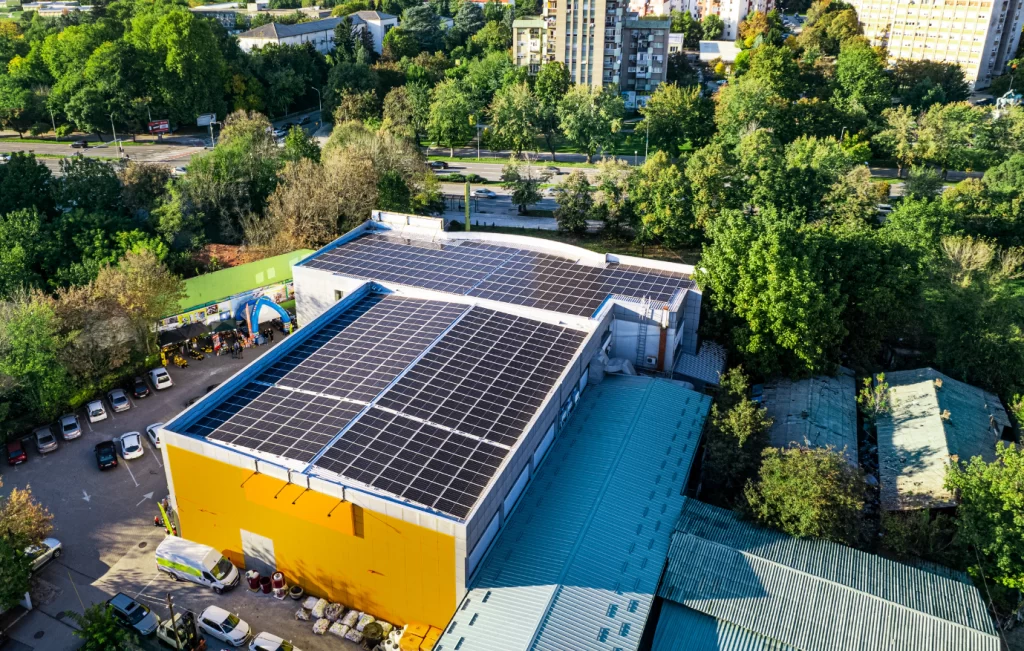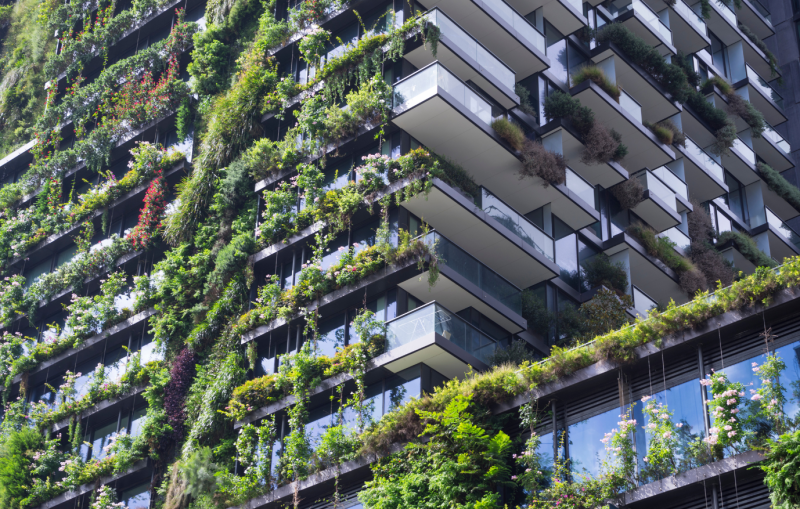What are Smart Ideas for Building Green and Sustainability in Interior Fit Out Works?
In recent years, there has been a growing trend towards sustainable building practices, and for good reason. Building green not only helps protect the environment but also provides numerous benefits for businesses and building owners. Interior fit out projects, in particular, offer a unique opportunity to incorporate smart ideas for building green and sustainability.

In this blog post, we will explore smart ideas for building green and sustainability in interior fit-out works, from eco-friendly materials to renewable energy sources and everything in between.
1. Green Building and Sustainability
Green building is the practice of designing, constructing, and operating buildings in an environmentally responsible and resource-efficient manner. Sustainability, on the other hand, is about meeting the needs of the present without compromising the ability of future generations to meet their own needs. By incorporating both green building and sustainability into interior fit-out projects, you can create a space that is not only aesthetically pleasing but also healthy and sustainable.
2. Energy Efficiency and Renewable Energy
Energy efficiency is one of the most important aspects of green building and sustainability. By designing and constructing buildings that use energy-efficient materials and systems, you can significantly reduce energy consumption and costs. Renewable energy sources such as solar, wind, and geothermal energy can also be incorporated into interior fit-out projects, providing clean and sustainable energy for the building.
3. Eco-Friendly Materials
Using eco-friendly materials in interior fit-out projects is another way to promote sustainability. These materials are made from renewable resources, are non-toxic, and can be recycled or biodegraded at the end of their lifecycle. Examples of eco-friendly materials include bamboo, cork, and reclaimed wood.
4. Energy-efficient Lighting and Controls
Lighting is an essential aspect of interior design, and it also plays a significant role in energy consumption. By choosing energy-efficient lighting fixtures, such as LEDs, and incorporating lighting controls like motion sensors and timers, you can significantly reduce energy consumption and costs. Daylight harvesting is also an effective strategy that utilizes natural light to minimize the use of artificial lighting.
5. Indoor Air Quality and HVAC
Indoor air quality is an important aspect of green building and sustainability. Poor indoor air quality can lead to a range of health issues, including respiratory problems, headaches, and allergies. By incorporating proper ventilation systems and using low VOC (volatile organic compound) materials, you can improve indoor air quality and create a healthier environment for building occupants.
6. Water Conservation
Water conservation is another important aspect of green building and sustainability. By using low-flow fixtures and water-efficient appliances, you can significantly reduce water consumption and costs. Rainwater harvesting systems can also be incorporated into interior fit-out projects, providing a sustainable source of water for the building.
7. Biophilic Design and Green Technologies
Biophilic design is the practice of incorporating natural elements into interior design, such as natural lighting, plants, and water features. This approach has been shown to improve mood, productivity, and overall well-being. Green technologies such as smart lighting systems, automated shading, and energy-efficient HVAC systems can also be incorporated into interior fit-out projects, further promoting sustainability.

Real-World Examples:
The impact of sustainable design and green building practices can be seen in numerous real-world examples. For example, the Edge building in Amsterdam is a sustainable office building that generates more energy than it consumes. The building incorporates features like solar panels, geothermal heating and cooling, and automated controls to optimize energy efficiency. Additionally, the building’s interior spaces incorporate natural elements like plants and green walls to improve indoor air quality and provide a biophilic environment.
Another example is the Bullitt Center in Seattle, which is a net-zero energy commercial office building. The Bullitt Center utilizes a range of green technologies, including solar panels, rainwater harvesting, and composting toilets, to achieve its net-zero energy status. Additionally, the building incorporates features like natural ventilation and daylighting to provide a comfortable and healthy working environment. By implementing green technologies and sustainable design principles in the interior fit out works, the building can achieve a lower carbon footprint and contribute to a more sustainable future.

Incorporating smart ideas for building green and sustainability in interior fit-out projects is not only beneficial for the environment and the health and well-being of building occupants but can also lead to cost savings in the long run. As an interior designer or AEC professional, it is important to stay up-to-date on the latest trends and technologies in green building and sustainability. By prioritizing eco-friendly materials, energy and water conservation, and biophilic design, interior designers and AEC professionals can create spaces that are not only functional but also contribute to a more sustainable future.
Contact ADDMORE Services today to learn more about how we can help you incorporate smart ideas for building green and sustainability in your next interior fit-out project.







